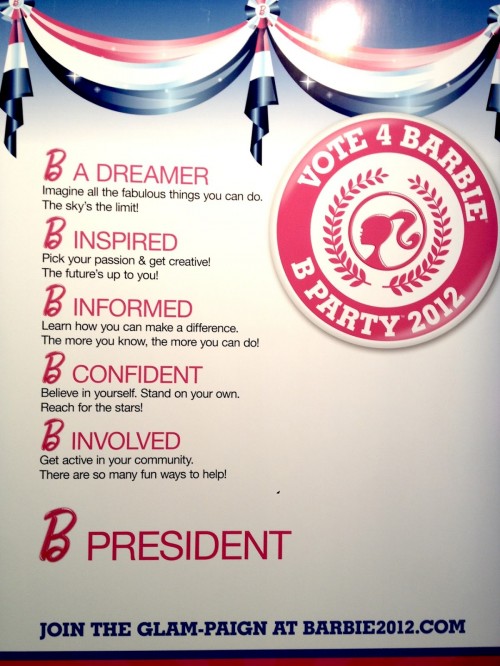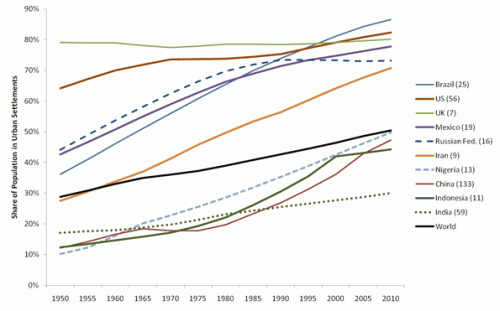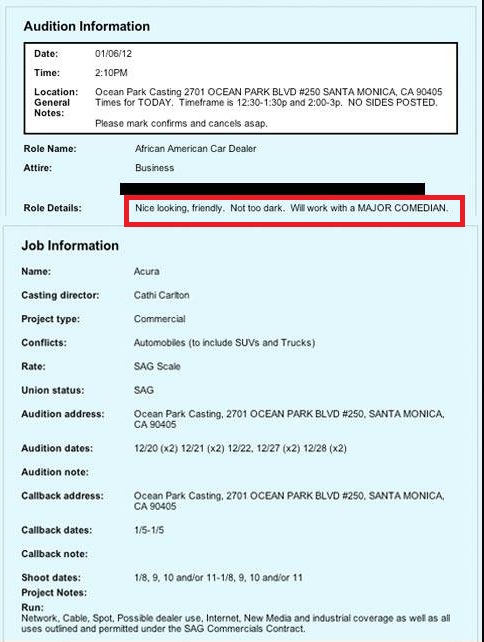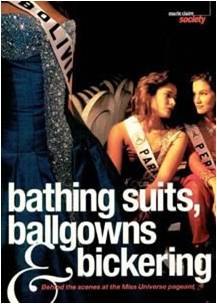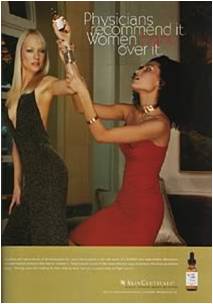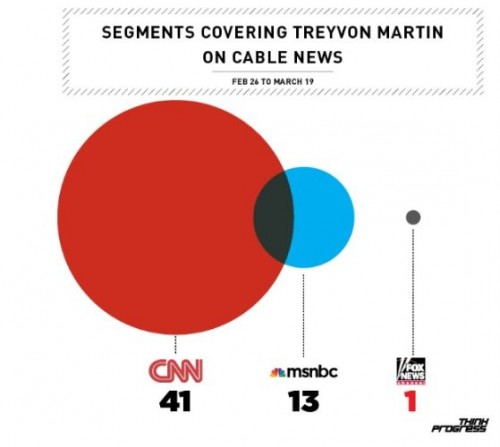 Last year we posted Anita Sarkeesian’s great discussion of the manic pixie dream girl trope. The manic pixie is a female side character who, through her whimsical approach to life, “helps the male main character find himself, love life again, or overcome some obstacle.” Think Natalie Portman in Garden State.
Last year we posted Anita Sarkeesian’s great discussion of the manic pixie dream girl trope. The manic pixie is a female side character who, through her whimsical approach to life, “helps the male main character find himself, love life again, or overcome some obstacle.” Think Natalie Portman in Garden State.
Anyhow, I came across a skit making fun of the trope by taking the manic pixie to its logical conclusion, titled “Welcome to the State Home for the Manic Pixie Dream Girl.” Yep, it’s a state-run institution for the charming but totally helpless, perhaps-mentally-challenged not-so-dream girl. I’m putting it up here because it’s quite funny, but I also like how it deconstructs a version of ideal femininity, revealing it to be rather impractical indeed.
Film by Natural Disastronauts. Found via BoingBoing.
Transcript, by Trellany J. Evans, after the jump:

